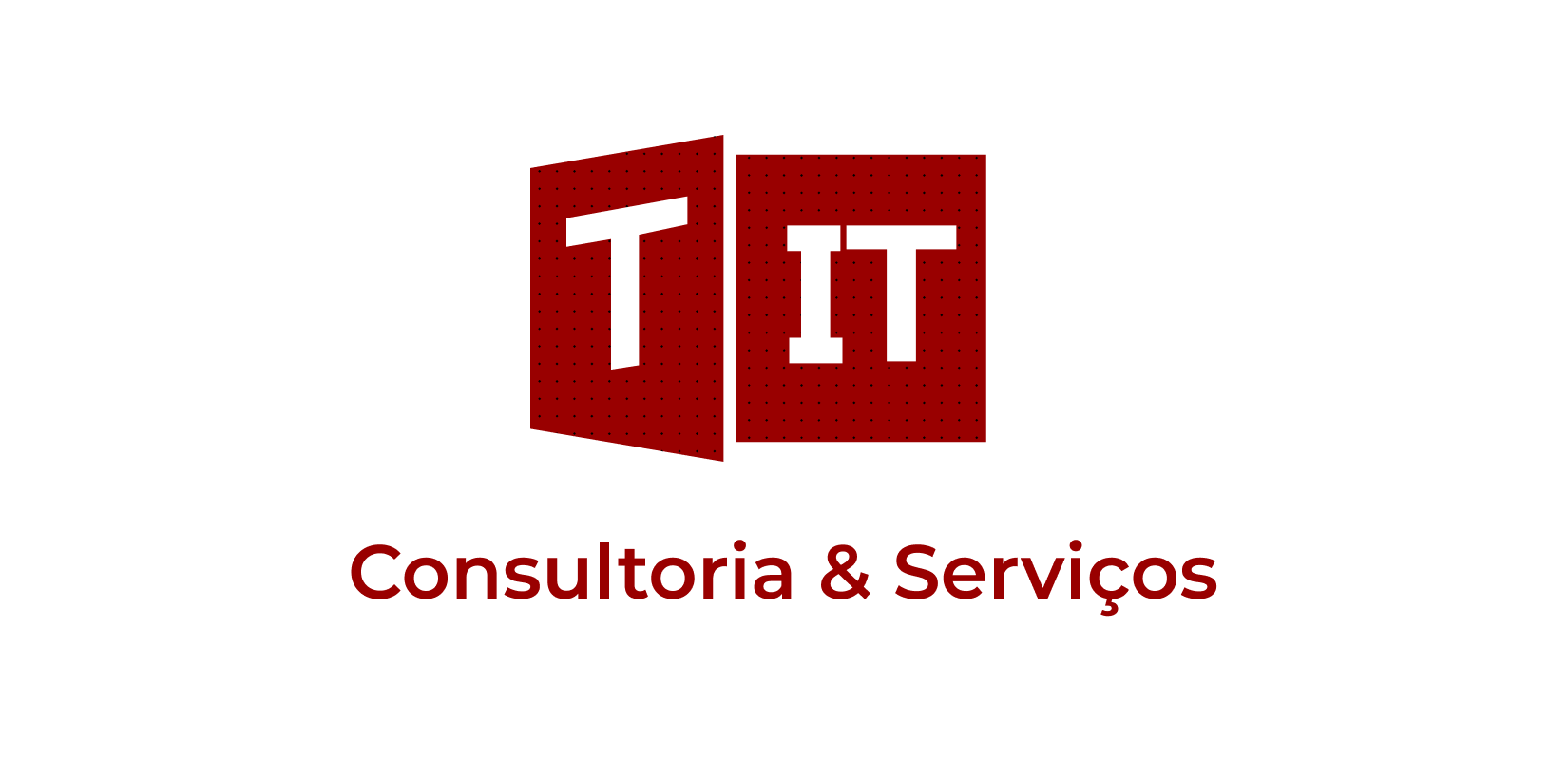Microsoft 365 is a strategic platform that enables teams and organizations to boost productivity and efficiency. The successful adoption of this suite of tools drives value to businesses of all sizes. When used at scale, it enables users to optimize the digital workplace tools available through this platform.
In this post, you’ll learn more about why change management in Office 365 is critical to successfully adopting this platform and how you can overcome the associated challenges as you transition.
What is Change Management?
Adopting a new technology as part of your business process is not the same as flipping a switch and expecting things to work as they should. A business process is more complex than that. There will be plenty of challenges along the way as this new implementation involves more than just technology; you must also consider the people who will be using the technology.
If you want to maximize the adoption of Office 365 tools in your organization, users must embrace the new tools as the best way to perform their necessary functions. It is natural for people to resist change initially; it is linked to the human fear of the unknown. When adopting new technology or software at work, there will be a transition phase as the users (your employees) adapt to the new technology and the new way of doing things.
This is why change management in Office 365 is critical. It helps to have a solid plan right off the bat to ensure a seamless implementation and avoid any major disruptions to your business activity.
If you build a solid plan, you can expect the following results as part of the change management and adoption of Office 365 tools:
- Maximize the productivity of your employees
- Manage the employee resistance to change
- Increase the competency of your organization
- Boost your ROI potential
- Enable remote and hybrid work setup (the new norm)
- Promote digital transformation in your workplace
- Increase communication and collaboration

Tips to Develop Adoption and Change Management Approach for Office 365
As the driving force behind adoption, you need to develop a strategic approach to change management for Office 365. This approach must provide the framework with which you transition from your current set of tools to a new, more advanced set of tools.
Two components enable a successful transition: change management and project management. You need these two to work together to ensure the rollout goes as it should. Project management is focused on the technical aspect of technological deployment. Change management is the more critical aspect as it focuses on digital transformation from a human point of view. For the latter, you must focus on activities that prepare your employees for the change that is about to come.
The ideal approach to a successful adoption and change management practice looks at user adoption as of equal importance to the deployment of technological tools. The traditional approach often considers the users as an afterthought, which is why many organizations fail to optimize the productivity tools available to them.
Experts in adopting digital transformation tools for businesses of all sizes recommend a three-phased approach. The first phase is when you define the adoption’s scope and objective. At this stage, your goal is to assist the groups most affected by the change in understanding the context of the new implementation. Let them know about the desired outcomes of the change management and your expectations from them.
The next phase is the onboarding process, where you detail the plans and activities that are vital in implementing the change. Early adopters can make a seamless transition, which is why you need to communicate the need for a change to the stakeholders and employees early on. Timely communication also enables you to conduct the necessary training for the end users to make the transition as easy as possible.
The last phase involves gathering feedback from the users – your employees – alongside the business outcomes. Consistent feedback and evaluation are a must to take corrective action and to recognize future capabilities of the Office 365 suite that you can introduce.

Vital Elements for Successful Change Management in Office 365
The successful adoption of Office 365 is possible if you consider these elements:
- Employees (Users) – Many organizations fail at the change management process because they focus too much on technology. However, change management is about the people. Despite the focus on digital workplace tools, the success of these tools relies on the people who will use them. Make sure there are no barriers to adopting these technologies and that you understand the users’ pain points to ensure they are addressed.
- Training and Support – One way that you can facilitate the adoption of new technologies is by providing the users with adequate training and support. While training is not always needed, it is best to have ongoing support and provide users access to relevant resources.
- Communication – Internal communication before and after implementing new Office 365 tools directly impacts the adoption patterns. Proper and efficient communication is a must if you have remote teams.
- Measurement – Measurement is critical to a change management approach since you want to have the proper metrics to determine if the adoption is successful or not. It will also enable you to take corrective actions if you fall short of your targets.

Change Management Sharepoint and Other Tools
In your quest to successfully adopt Office 365 tools, change management using Sharepoint, and its intranets should be part of the plan. Specifically, you can use the Sharepoint web parts to facilitate the change management process.
You can create FAQs where you answer the most common questions encountered by users upon their transition to the new suite of tools. Make this page an ongoing list that is updated frequently rather than a static page.
Another way to use Sharepoint web parts is by creating a discussion board. Make this a user-generated forum where users can ask questions, share their comments, and make complaints. This will enable the team to understand the users’ pain points and make the necessary recommendations to improve the implementation. You can also use this platform to announce training and meetings.
Meanwhile, change management in Sharepoint is possible by creating a page dedicated to providing links to valuable resources and tools. This page will serve as a hub of information that users can reference anytime.
Office 365 is an enabler of digital transformation in businesses. However, it is constantly evolving and updating, and organizations must adopt suitable change management approaches. Use the tips above to maximize the productivity offered by these digital tools.
FAQs about Secrets to Successful Change Management and Adoption of Office 365
How do you adopt change management?
Adopting change management involves a structured process that focuses on five key stages:
- Transitioning and preparing your team
- Communicating the changes clearly
- Initiating the change
- Implementing and onboarding the change
- Providing continuous support and reviewing the process regularly
These steps ensure a smooth transition and better adoption of new tools or processes.
Can you track changes in Office 365?
Yes, in Microsoft Word (part of Office 365), you can track changes by navigating to Review > Track Changes. You can then accept or reject individual changes, with Word automatically moving you to the next modification until all are reviewed.
What is the main purpose of change management?
The main purpose of change management is to manage the entire lifecycle of changes while minimizing disruptions to IT services. This ensures that beneficial changes are implemented effectively without negatively impacting daily business operations.
Why is change management critical for adopting Office 365?
Change management is crucial for Office 365 adoption because it helps organizations overcome the resistance to new technologies. It allows teams to embrace the platform’s tools effectively, which boosts productivity, enables remote work, and drives digital transformation. By focusing on both technology and the people using it, businesses can achieve a seamless transition.
What are the key factors for successful change management in Office 365?
Successful change management in Office 365 relies on several elements:
- User readiness: Ensure employees are prepared and supported.
- Training: Provide adequate resources and ongoing support.
- Communication: Keep teams informed before, during, and after implementation.
- Measurement: Monitor adoption rates and make adjustments as needed to achieve your goals.
These factors collectively contribute to effective change management and adoption of the platform.














 Follow @cardiolog
Follow @cardiolog 